Isle of Wight Country House For Sale
£965,000
Ford Farm House, Ford Farm Lane, Whitwell PO38 2NZ
Ford Farm House, Ford Farm Lane, Whitwell PO38 2NZ
Nestled in a peaceful lane surrounded by rolling countryside, Ford Farm House offers the perfect blend of rural charm and modern comfort. Set in a generous plot with beautifully maintained gardens, this spacious five-bedroom home includes a self-contained annexe currently used as a successful holiday let—ideal for additional income or multigenerational living.
The main residence spans approximately 3,000 sq. ft and combines character features from the original farmhouse with the practicality of a more recent extension. The ground floor boasts three versatile reception rooms, a light-filled conservatory, and a stylish kitchen/breakfast room, recently updated to a high standard. Upstairs, you’ll find five double bedrooms, including a master suite and two additional bathrooms. One bedroom is currently used as a home office, offering excellent flexibility for modern family life or remote working.
A charming outbuilding, now a popular holiday cottage, adds further value and versatility to the property, while the main house has previously operated as a Bed & Breakfast, making it an excellent choice for those seeking a lifestyle business opportunity.
Set centrally within its grounds, the property enjoys privacy and space, with the potential to purchase additional land by separate negotiation. Whether you’re looking for a peaceful retreat, a large family home, or an investment opportunity, Ford Farm House delivers on all fronts.
Located just a short drive from the sought-after village of Niton, you’ll have easy access to local amenities including a shop, pub, and primary school. The vibrant seaside town of Ventnor is just a few miles further, offering boutique shops, cafés, and scenic beaches along the Isle of Wight’s southern coast.
This is a rare opportunity to acquire a well-appointed country home with income potential, all set within one of the Isle of Wight’s most picturesque rural settings.

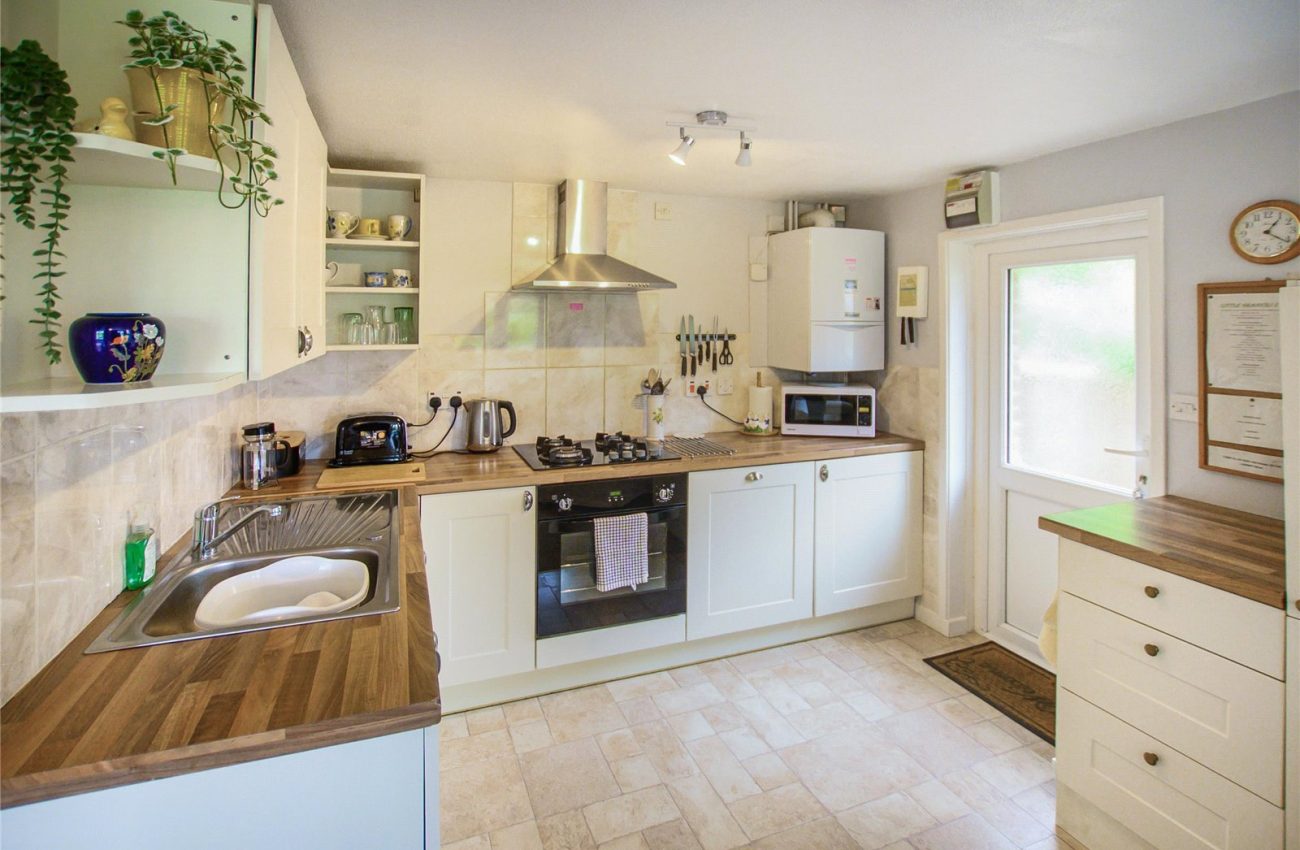
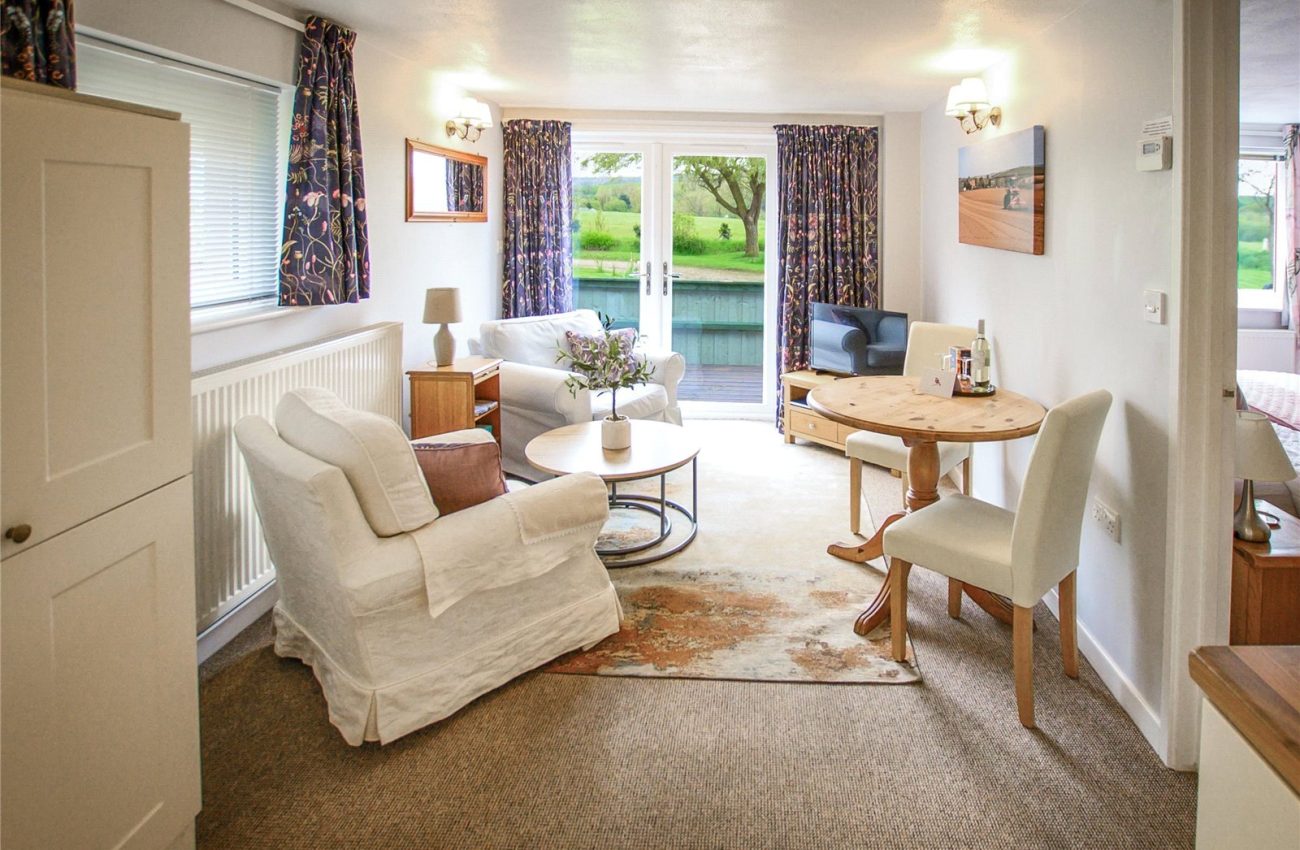
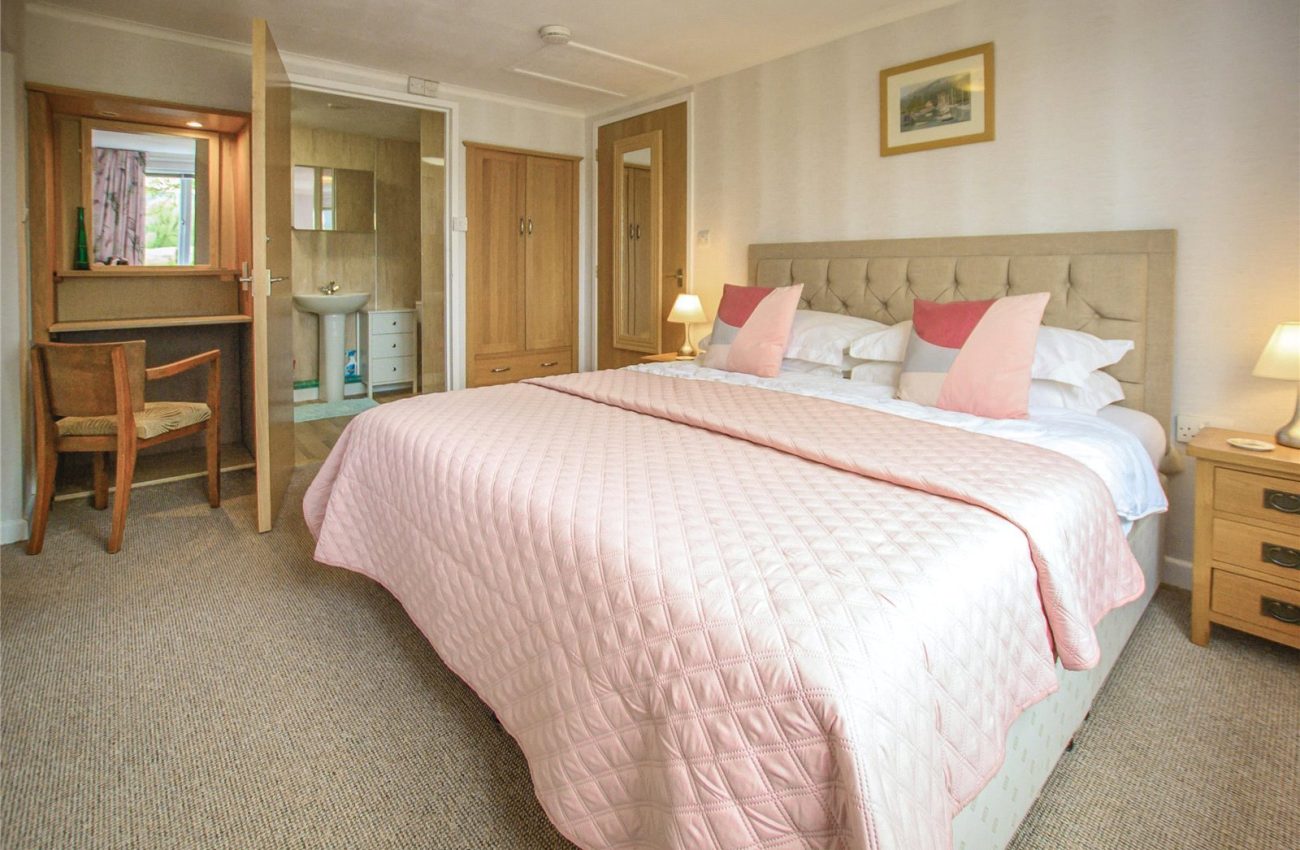
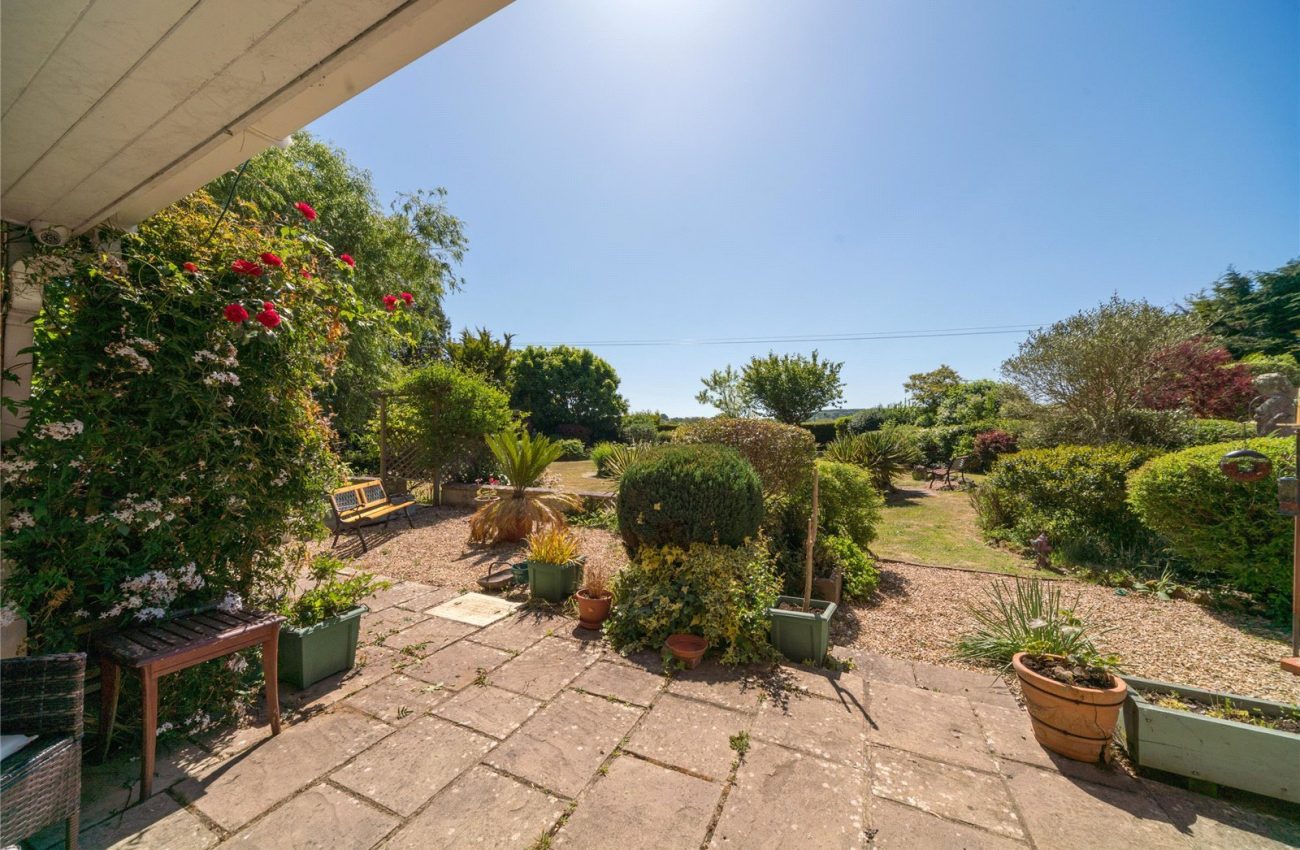
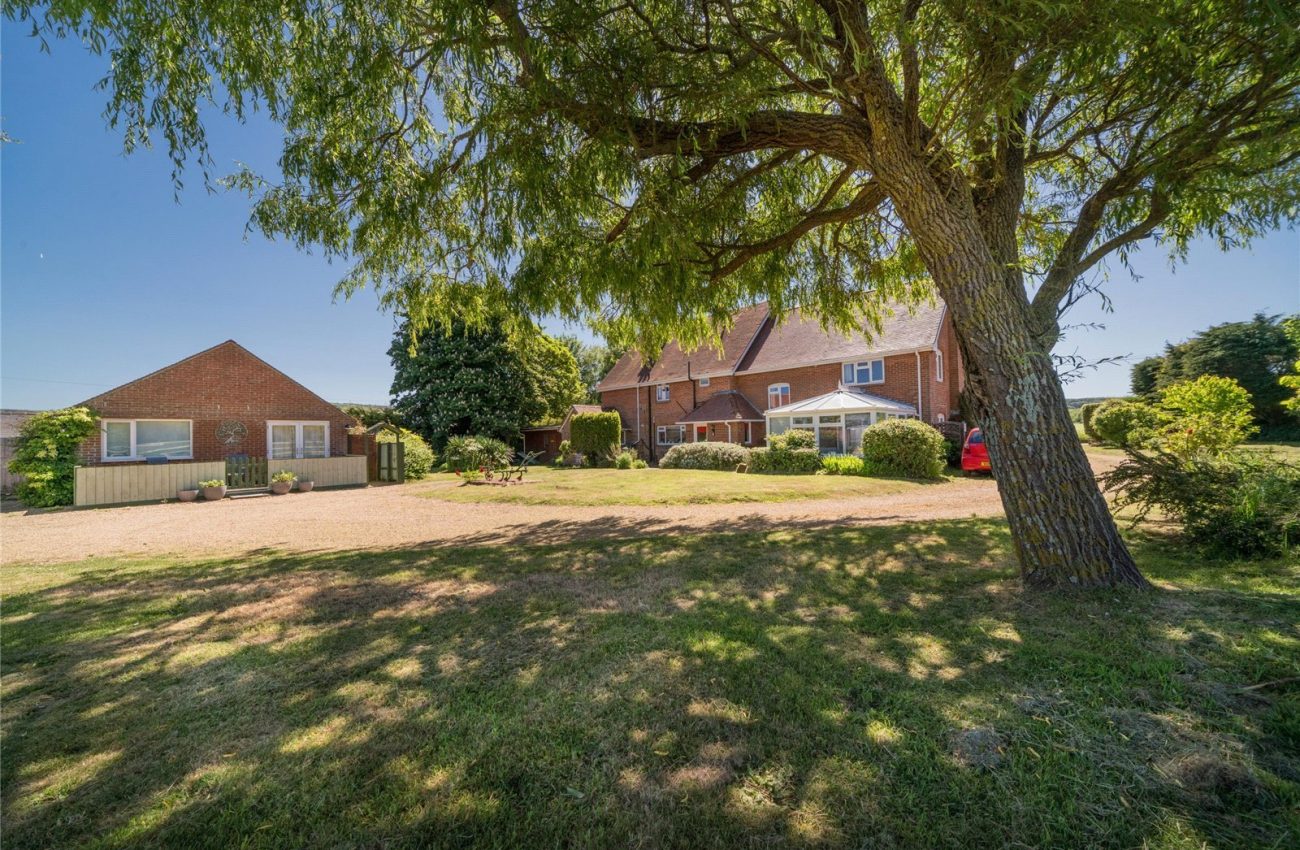
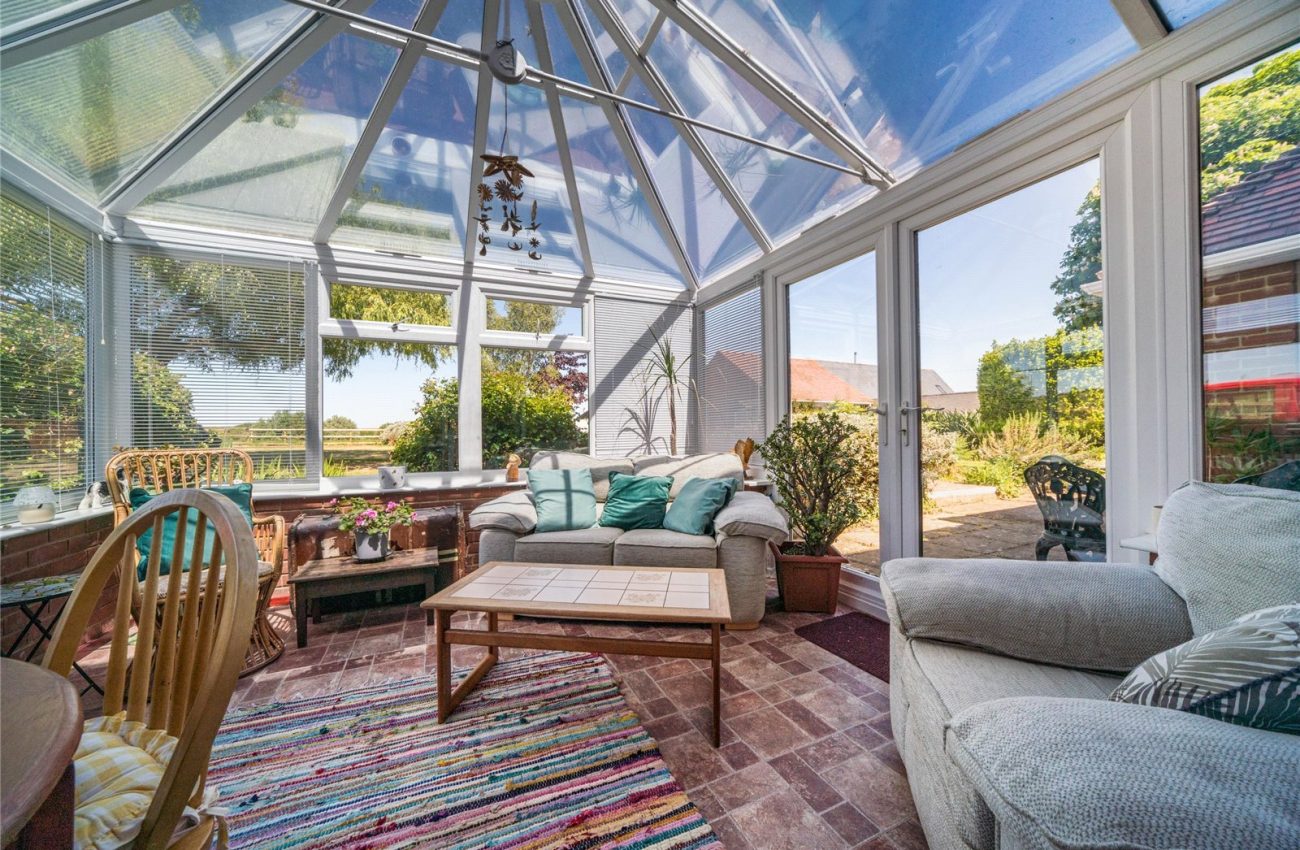
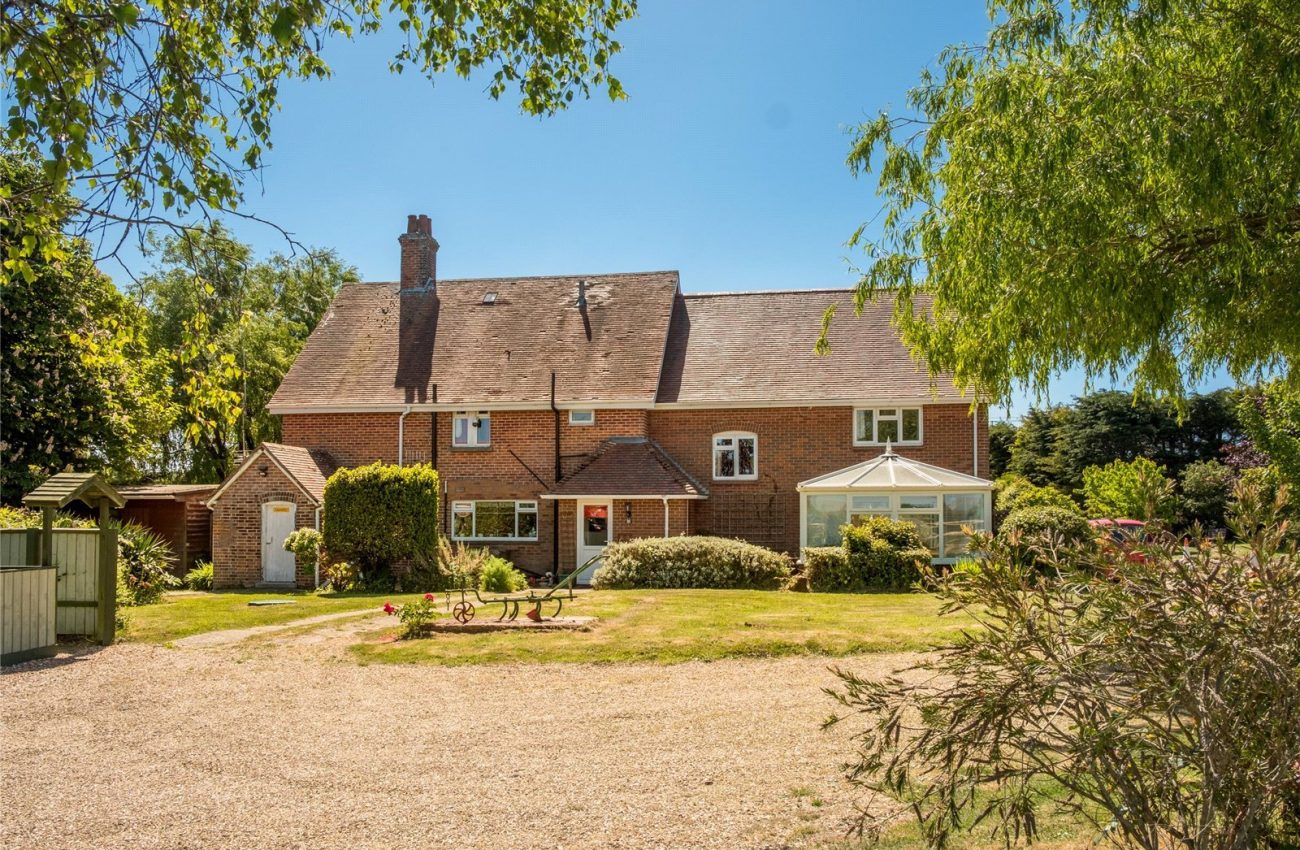
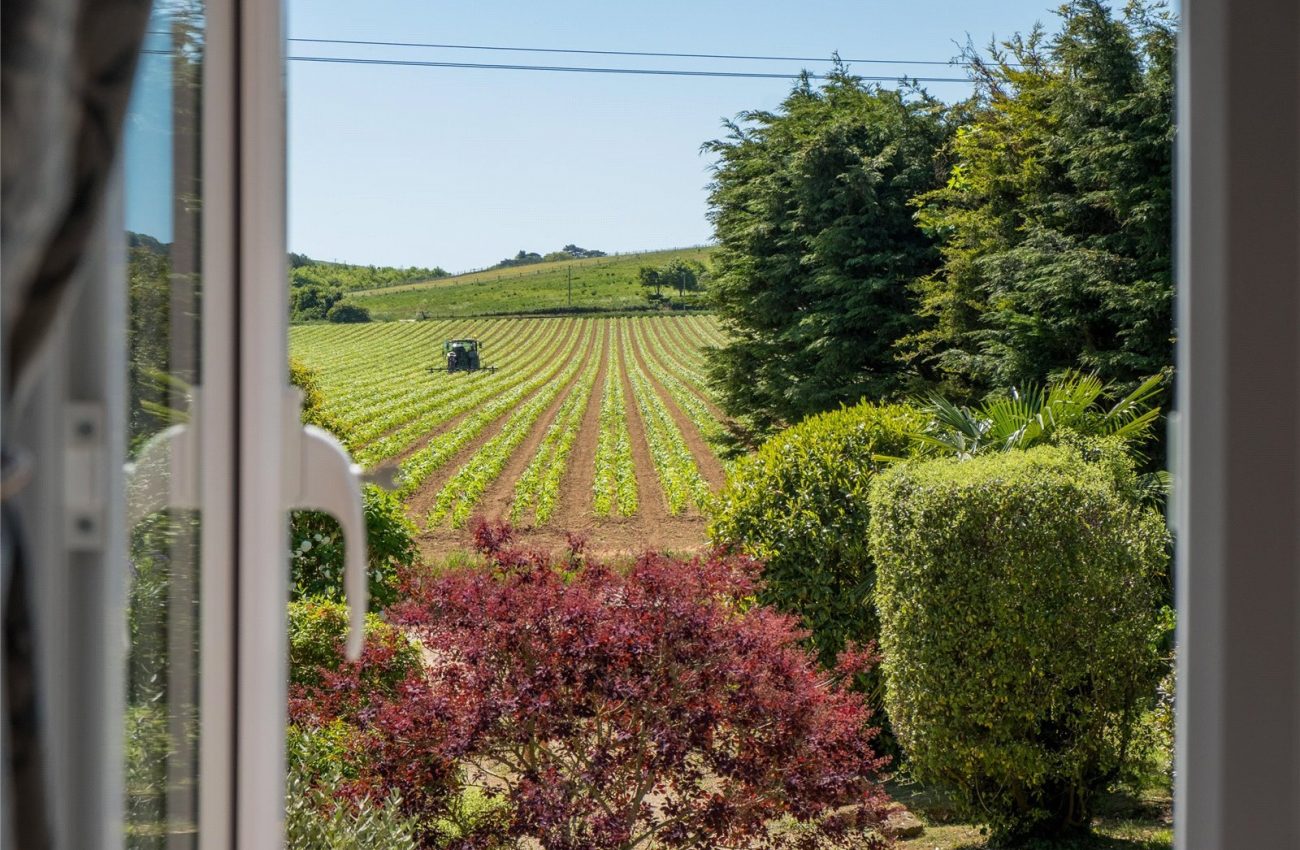

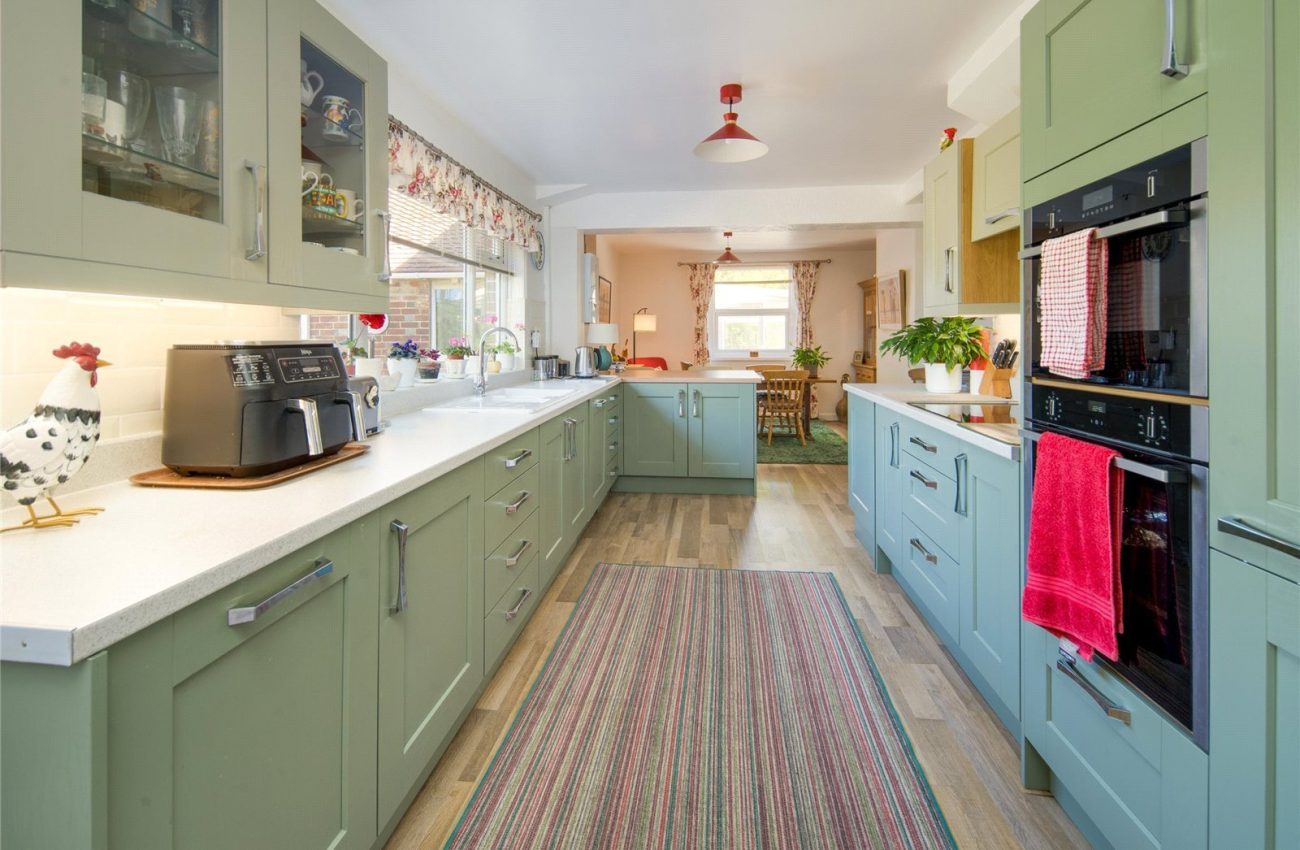

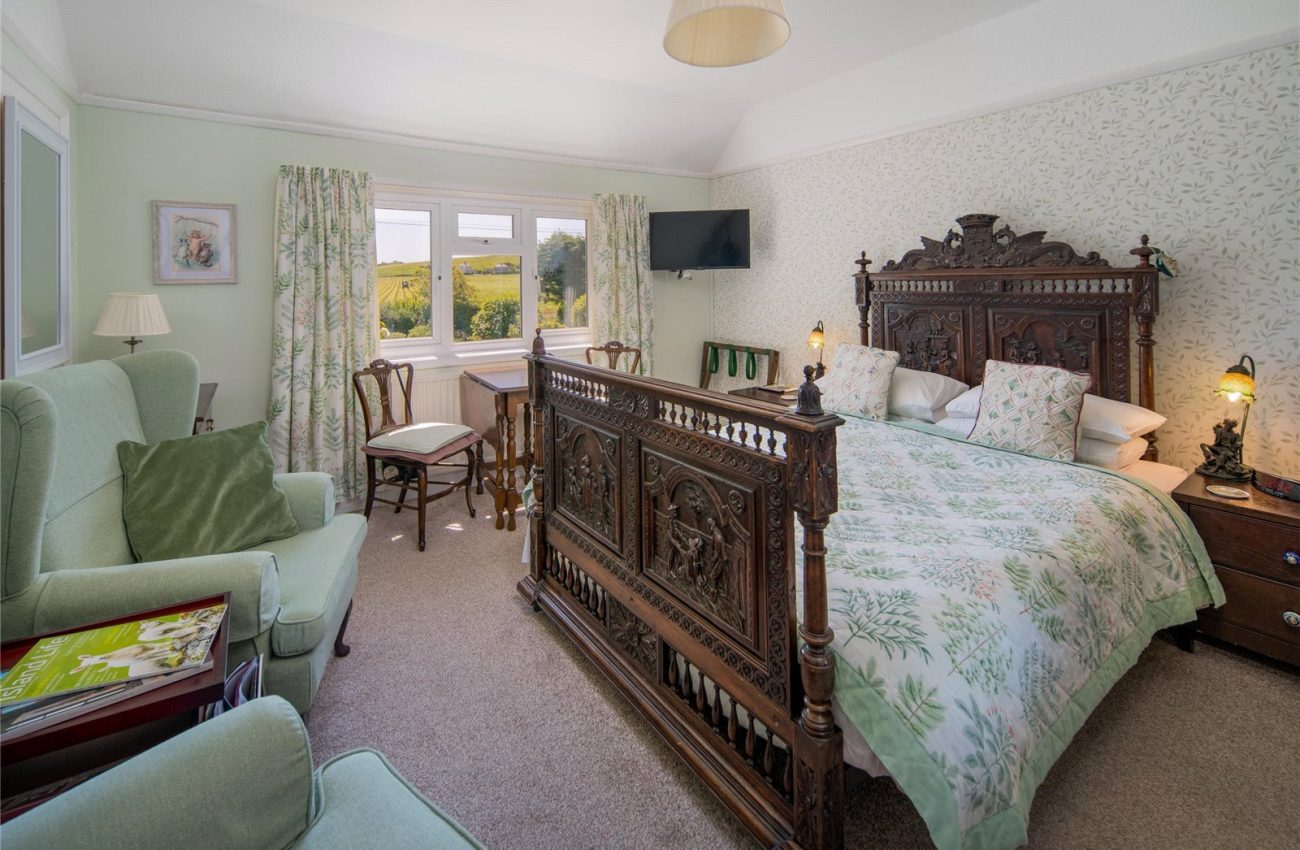
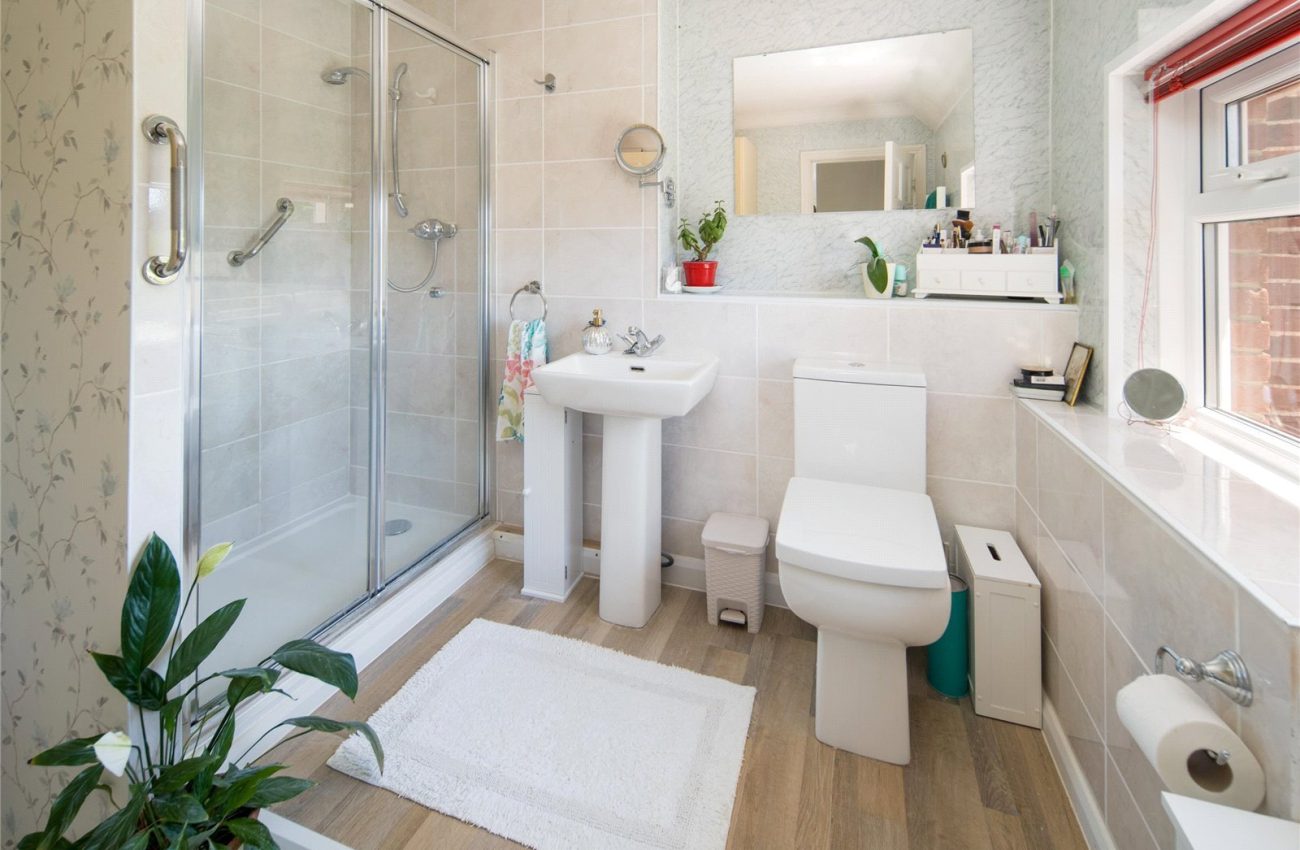
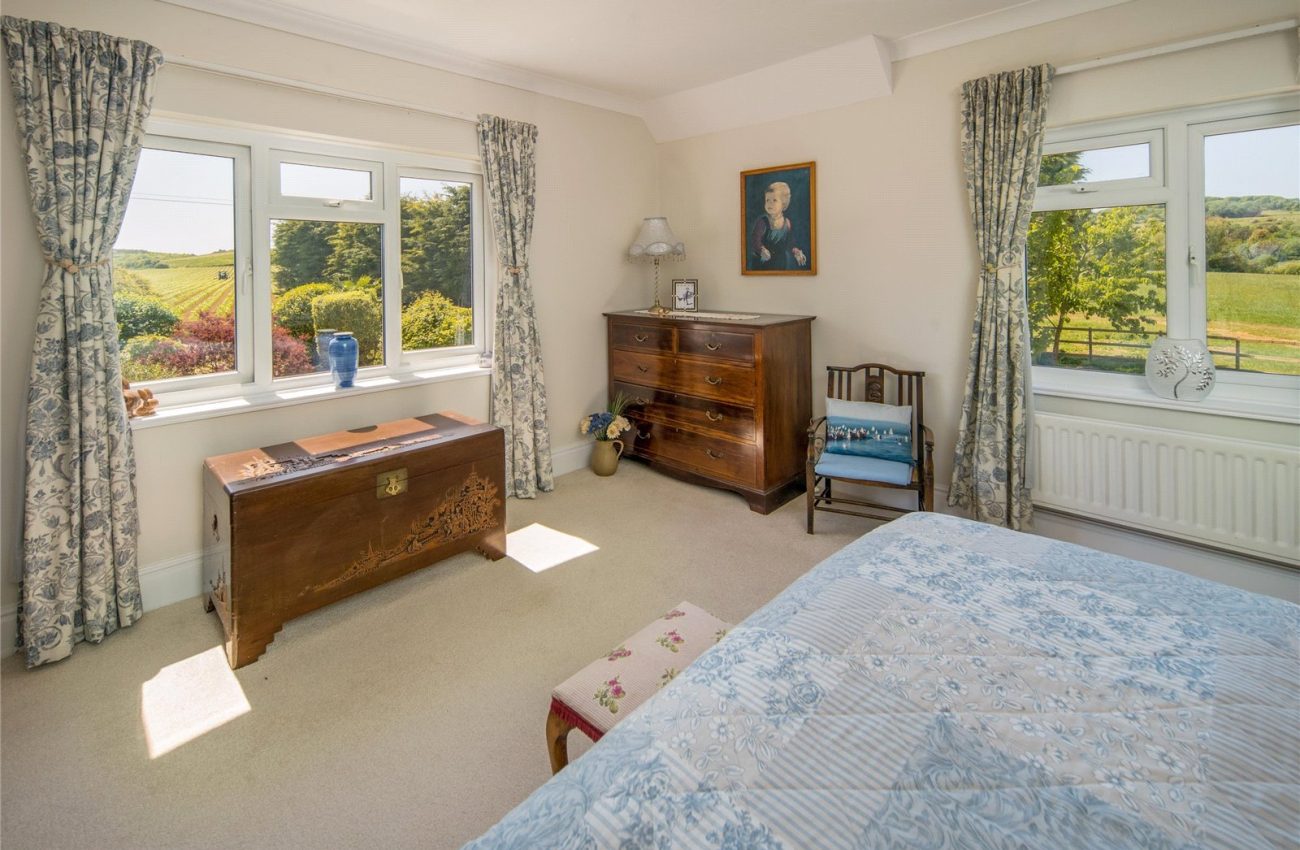
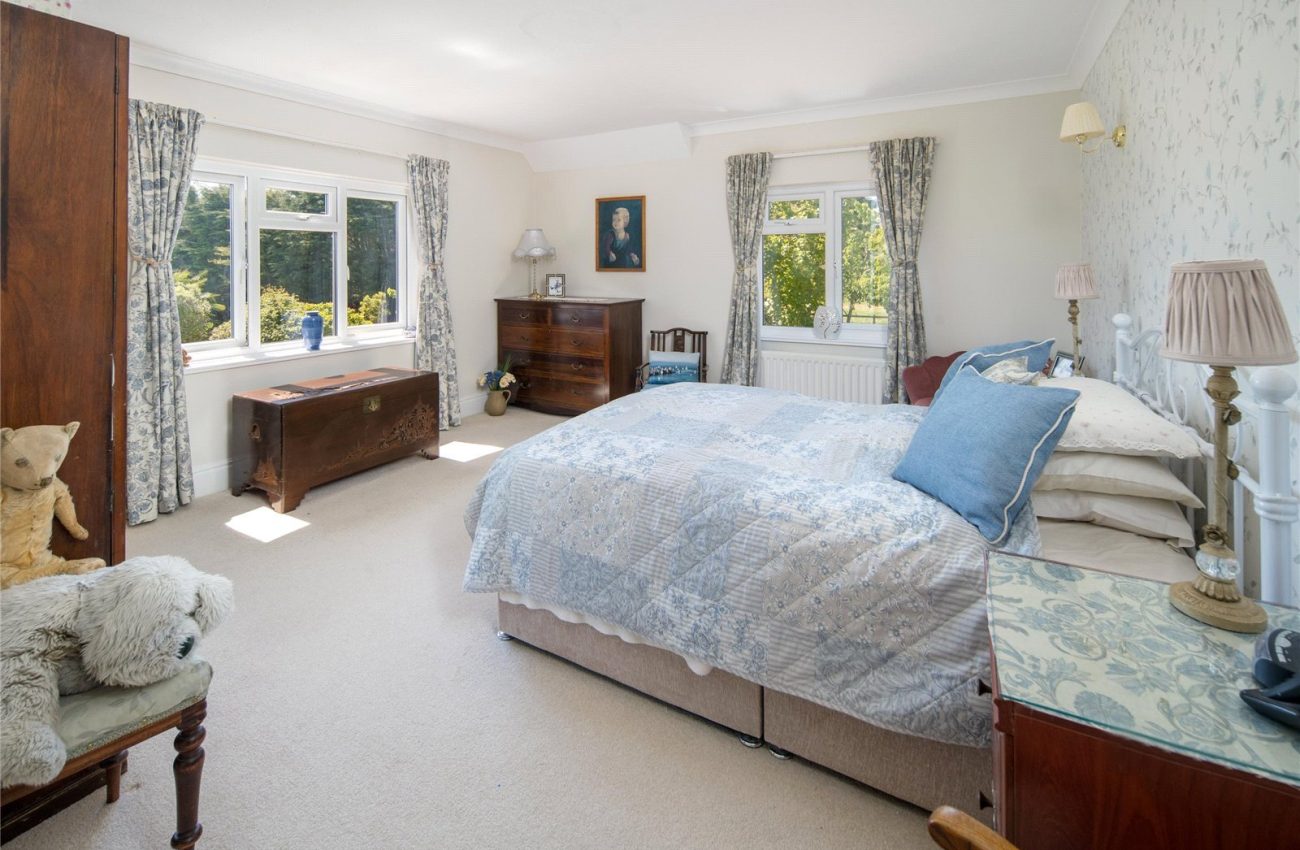




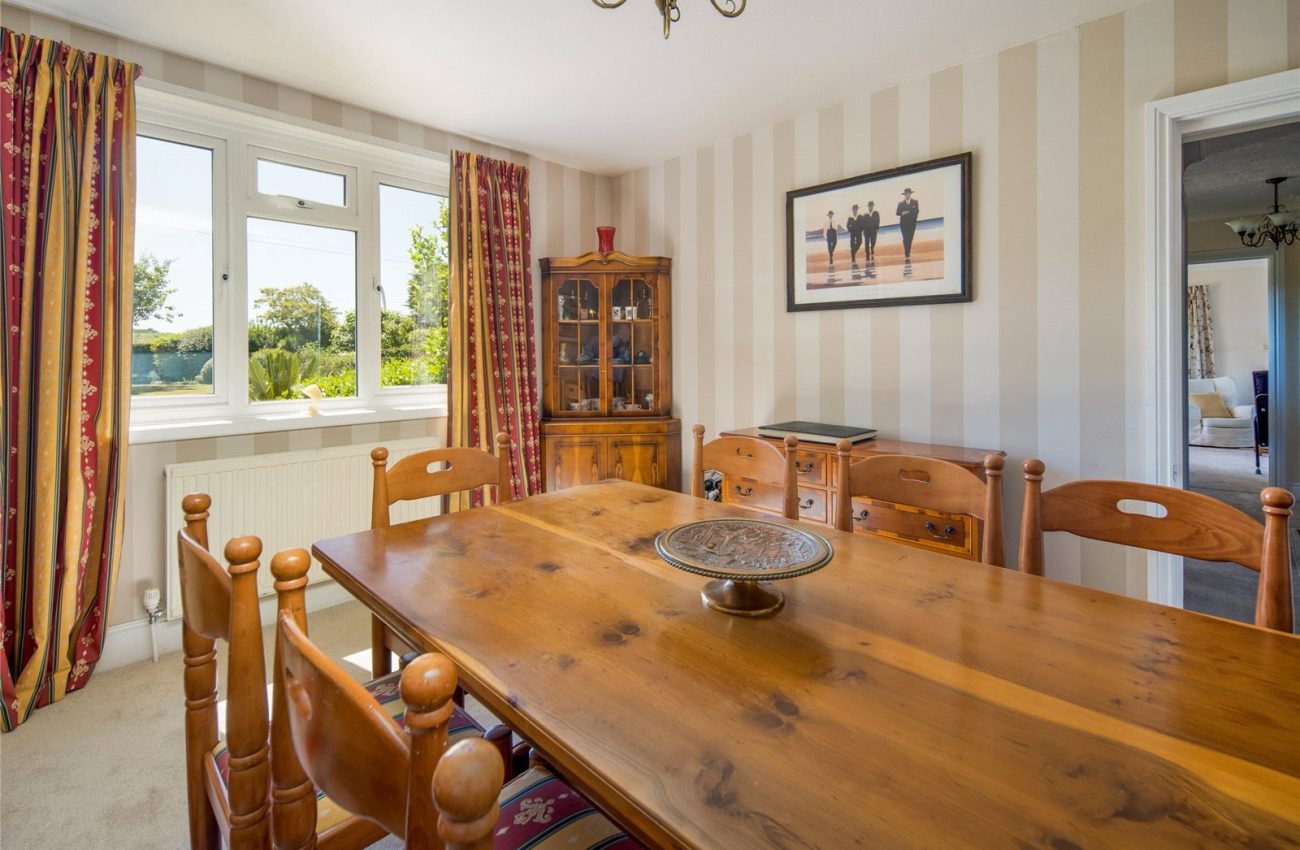

Ground Floor:
Hallway – Welcoming entrance with access to principal reception areas.
Sitting Room – A spacious and comfortable room for family relaxation.
Conservatory – Bright and airy, offering views over the garden and direct outdoor access.
Dining Room – Ideal for entertaining, with ample space for a large dining table.
Kitchen / Breakfast Area – A recently updated and well-equipped kitchen with space for informal dining.
Study – Perfect for home working or as a quiet reading room.
Rear Porch – Practical rear access, ideal for everyday use.
Laundry Room – Located externally, this dedicated utility space adds extra functionality.
Cloakroom – Convenient ground floor WC for guests.
First Floor:
Bedroom 1 – A generous double bedroom with built-in storage.
Ensuite Bathroom – Serving Bedroom 1, featuring a bath, shower, WC, and basin.
Bedroom 2 – Spacious and light-filled, with garden views.
Bedroom 3 – Another double bedroom, suitable for guests or family.
Bedroom 4 – Currently used as a home office, offering flexibility.
Family Bathroom – Serving the remaining bedrooms, fitted with a bath, WC, and basin.
Outside:
The property is surrounded by mature, well-maintained gardens with established borders and a paved terrace perfect for outdoor dining or entertaining. A long private driveway leads to the house and provides ample off-road parking. Outbuildings include a workshop and a garden chalet.
Tenure
Freehold
Council Tax
Band – To be confirmed
Energy Performance Certificate (EPC)
Rating – To be confirmed
Important Notice
Successful buyers will be required to complete identity verification through Lifetime Legal, at a cost of £80 (incl. VAT) per purchase. This includes Mover Protection Insurance, which covers costs in the event of an aborted purchase. This process is required to comply with HMRC regulations and ensures a secure transaction.

Call the Hose Rhodes Dickson office for more information on 01983 855 525
See more on the Horse Rhodes Dickson’s Estate Agent’s website
© 2011 – 2025 | Ford Farm House | Photography by Hose Rhodes Dickson